The revolution of game projects on Kickstarter
Recently, fundraising for the development of the game Bloodstained has ended - the spiritual heir to everyone's favorite games from the time of the first PlayStation - Castlevania: Symphony of the Night. Everything looked like it was already a standard procedure for successful financing: a popular game of 20 years ago is taken, its game designer is included in the development, all the delights of the sequel are signed and some game renderings glued to the quick hand by the artist are shown.
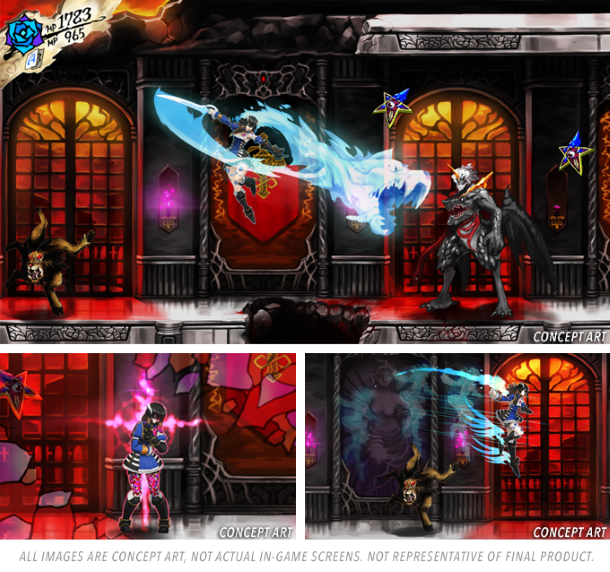
Of the requested 500 thousand dollars, for the first day the project raised 998 thousand. For the entire kickstarter period, which lasted 33 days (from May 11 to June 12), the project raised 5 million 545 thousand US dollars. What made the project the most successful crowdfunding gamedev in Kickstarter 's history .
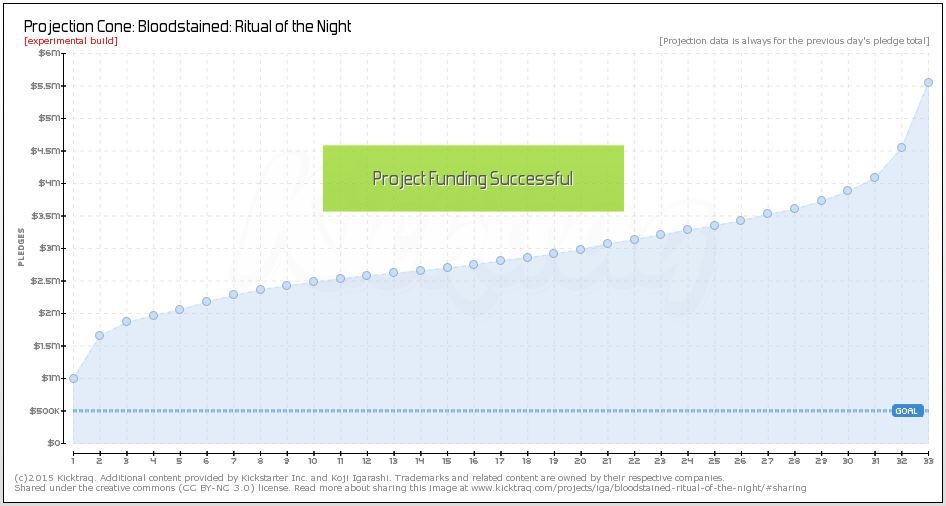
Now consider the interior kitchen of the project. The game will be developed by the Japanese studio Inti Creates, which has almost 20 years of history in developing a dozen games for consoles, successful mainly in Japan and America (Mega Man, Crayon, Azure Striker). Also, it was promised to make a professional voice acting and translation into two languages for a dedicated project of 500 thousand. Judging by the kickstarter page, they promise to make the game by March 2017, which is almost 2 years of development! The cost of two three programmers will cost about 250k per year. Even if Inti Creates will make the game only with the help of three programmers, they are unlikely to be able to forge a standing platformer (the team of a simple but record-breaking Shovel Knight bagel consisted of 7 people (including the composer and artists)). So what's the salt?
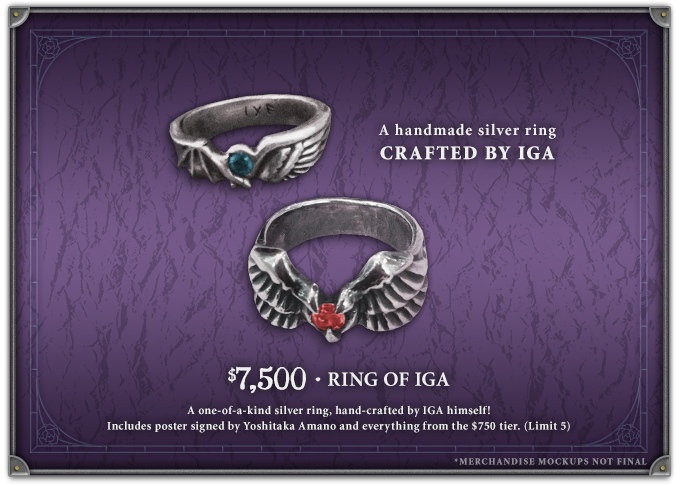
In an interview that was done on the first day of kickstarter, Koji Igarashi (designer, producer and just the director of Castlelvania) mentioned that they found a publisher who agrees to invest 90% of the game, taking into account the fact that they can prove that the players want this game, the same thing was mentioned earlier in the video posted on the crowdfunding page. It turns out that the developers don’t need the money of the players at all, and all the mess is brewed in order to prove that people are interested in the game. Obviously, a new era is being planned for the creation of such projects, because it has the following advantages:
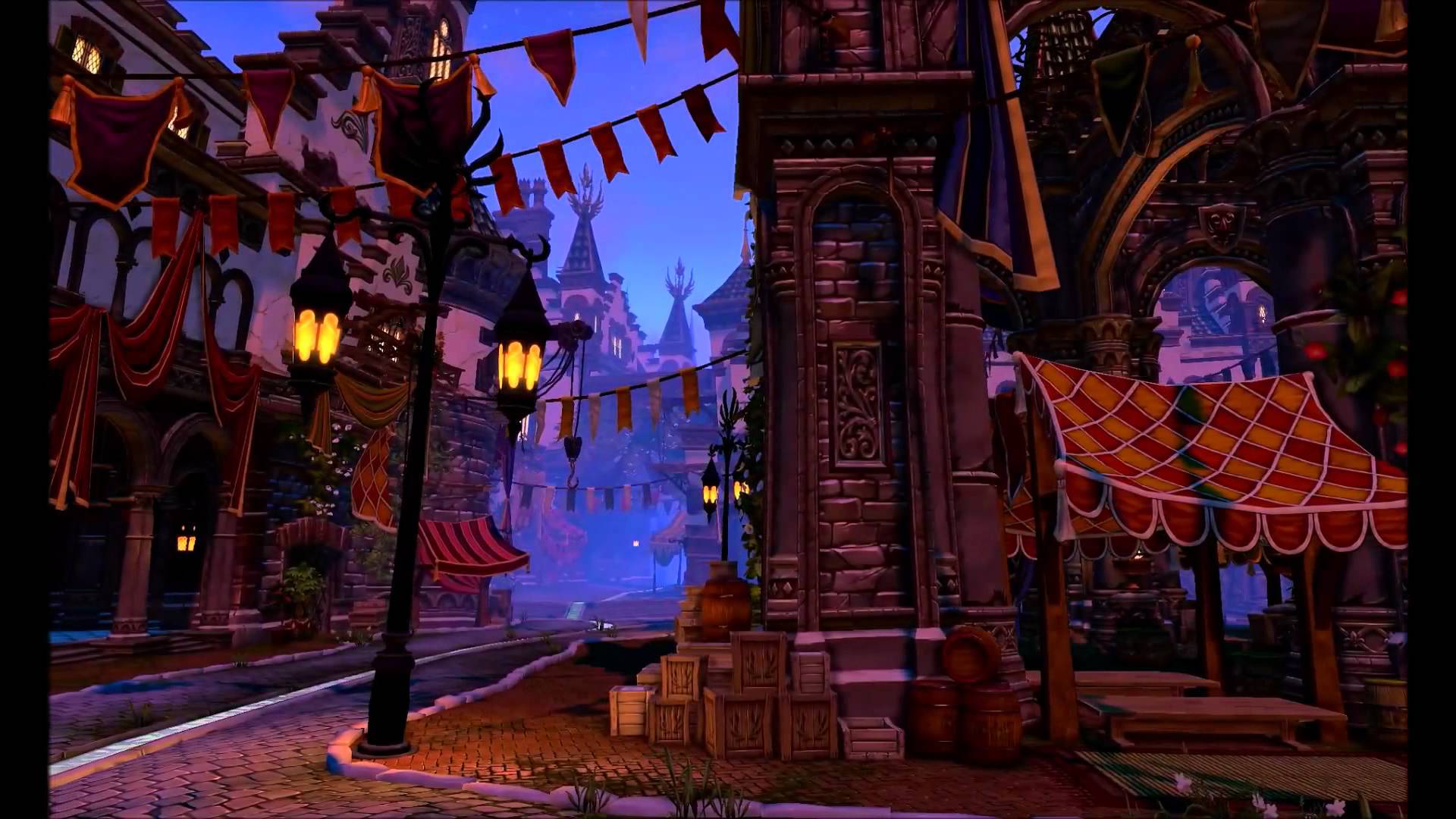
Everything sounds like a great way for newly-fledged indie developers to get funding for a carefully assembled project. Just do not forget the publishers of AAA projects, which will also take the aforementioned method into service. And in the event of a failure in the early stages of development, if the game is simply uninteresting, you can finish the project with minimal effort by spending 10 million out of 100.
Something similar to the Koji game happened with the game “ The Black Glove ” from the developers of Bioshock. As the developer from Night Games explained, they could not find the publisher because of the failed kickstarter campaign. So now, players and "investors" act as freelance consultants, for which, before, corporations had to pay a lot and at the same time take risks into account.
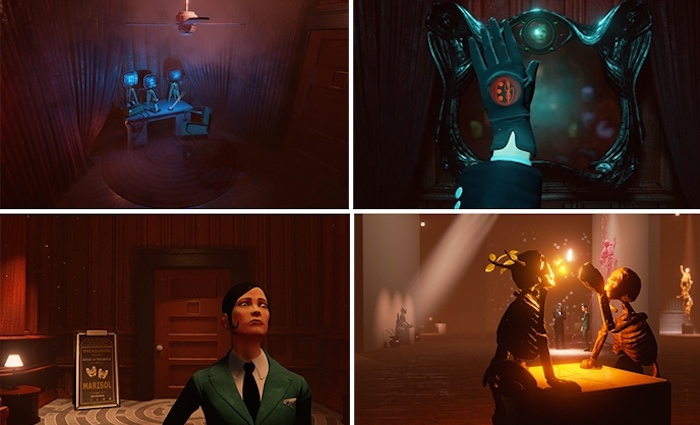
Worst of all is the creation of artificial achievements and features, for which now we have to pay extra. Take for example the latest RPG from Obsidian “Pillars of Eternity”. To create the game, the developers asked for 1.1 million dollars. Almost every additional hundred thousand added to the game a new race, class, companion and location. And if the financing does not reach the highest level, the rest is sold as DLC (add-ons). It would be more fair to add custom content and send physical gifts.
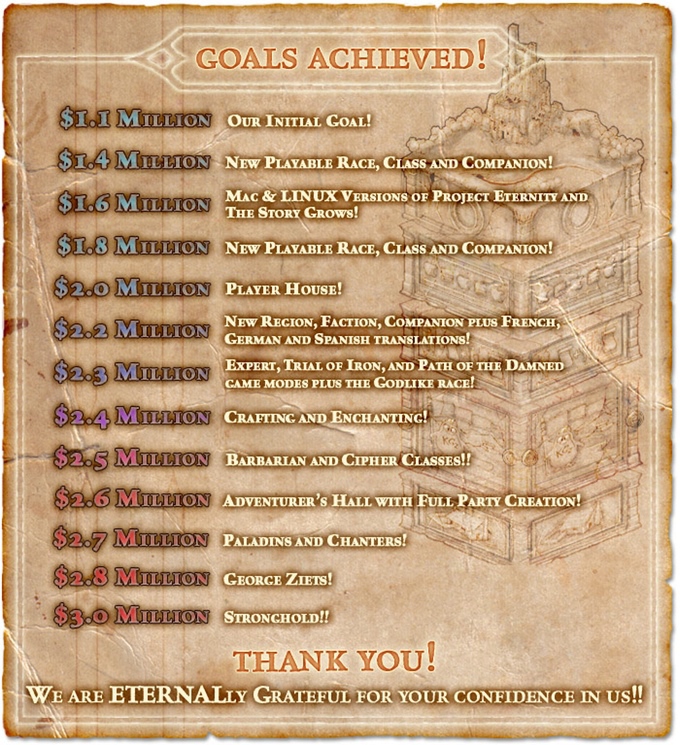
The question is, will developers have the same freedom of choice with additional funding from the publisher? After all, this is one of the reasons that allowed studios to create exactly what they intended, without looking back at the reports of marketers. Future will tell.
The article was prepared using materials from Gamasutra (Andrew Pellerano), Wiki, Gamespot.

Of the requested 500 thousand dollars, for the first day the project raised 998 thousand. For the entire kickstarter period, which lasted 33 days (from May 11 to June 12), the project raised 5 million 545 thousand US dollars. What made the project the most successful crowdfunding gamedev in Kickstarter 's history .
Now consider the interior kitchen of the project. The game will be developed by the Japanese studio Inti Creates, which has almost 20 years of history in developing a dozen games for consoles, successful mainly in Japan and America (Mega Man, Crayon, Azure Striker). Also, it was promised to make a professional voice acting and translation into two languages for a dedicated project of 500 thousand. Judging by the kickstarter page, they promise to make the game by March 2017, which is almost 2 years of development! The cost of two three programmers will cost about 250k per year. Even if Inti Creates will make the game only with the help of three programmers, they are unlikely to be able to forge a standing platformer (the team of a simple but record-breaking Shovel Knight bagel consisted of 7 people (including the composer and artists)). So what's the salt?

In an interview that was done on the first day of kickstarter, Koji Igarashi (designer, producer and just the director of Castlelvania) mentioned that they found a publisher who agrees to invest 90% of the game, taking into account the fact that they can prove that the players want this game, the same thing was mentioned earlier in the video posted on the crowdfunding page. It turns out that the developers don’t need the money of the players at all, and all the mess is brewed in order to prove that people are interested in the game. Obviously, a new era is being planned for the creation of such projects, because it has the following advantages:
- Marketing experiment of your idea. It is no secret that the key to a successful game is often statistics and mathematics. Large publishers can afford to conduct research at any stage of development.
- Finding the best price for early buyers (preorder). In our case, the page housed various price options, ranging from a simple thank you for $ 5, ending with a silver ring specially engraved by Koji himself. Plus, things are sold for fabulous money such as dinner with the creator himself, his portrait in the game, the creation of a level (from 7 to 10 thousand). Last, but not least, the publisher will not need to worry about unsold collection boxes; the exact amount of trinkets that were sold during crowdfunding will be created.
- Get a customer database, even if there’s nothing left to sell. Fans can give practical advice, they can make something, or they can sell even more fan pieces. For example, in the same Star Citizen, which is still in development, virtual spaceships have already been sold for millions of dollars (more precisely, 75 million, minus 10 from crowdfunding).
- If the kickstarter project fails, the developer actually loses nothing. For example, “38 Studio” (developer of Kingdoms of Amalur: Reckoning), when the company during the development of the second game “Project Copernicus”, did not have enough money, and the FBI took over the runaway directors. The studio, and the rights were sold at a telephone auction.

Everything sounds like a great way for newly-fledged indie developers to get funding for a carefully assembled project. Just do not forget the publishers of AAA projects, which will also take the aforementioned method into service. And in the event of a failure in the early stages of development, if the game is simply uninteresting, you can finish the project with minimal effort by spending 10 million out of 100.
Something similar to the Koji game happened with the game “ The Black Glove ” from the developers of Bioshock. As the developer from Night Games explained, they could not find the publisher because of the failed kickstarter campaign. So now, players and "investors" act as freelance consultants, for which, before, corporations had to pay a lot and at the same time take risks into account.

Worst of all is the creation of artificial achievements and features, for which now we have to pay extra. Take for example the latest RPG from Obsidian “Pillars of Eternity”. To create the game, the developers asked for 1.1 million dollars. Almost every additional hundred thousand added to the game a new race, class, companion and location. And if the financing does not reach the highest level, the rest is sold as DLC (add-ons). It would be more fair to add custom content and send physical gifts.

The question is, will developers have the same freedom of choice with additional funding from the publisher? After all, this is one of the reasons that allowed studios to create exactly what they intended, without looking back at the reports of marketers. Future will tell.
The article was prepared using materials from Gamasutra (Andrew Pellerano), Wiki, Gamespot.
